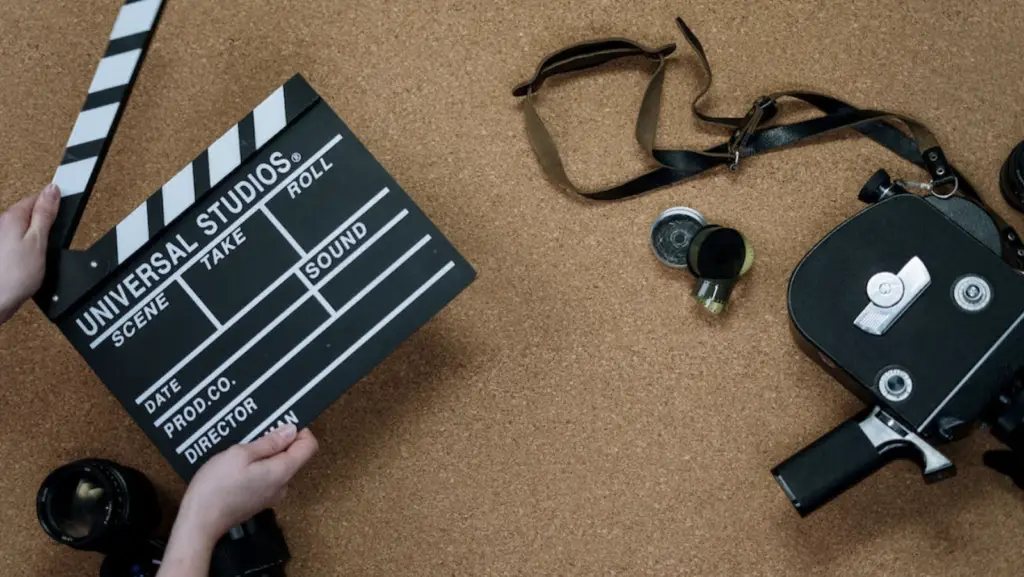
Is “The Rules of the Game” the “most complex social criticism ever enacted on the screen”? That’s what film scholar Alexander Sesonske says in this DVD’s commentary track, which is read by Peter Bogdanovich. I had never seen this 1939 Jean Renoir film, so it was hard to view it objectively given the decades of opinions that have been voiced about it — the text on the back of the case even begins “Considered one of the greatest films ever made…”
I found the film to be a slow starter, with the first act consumed with introducing a series of well-to-do characters who have nothing better to do than have affairs behind each other’s backs. However, one character offers some promise: Octave, played by Renoir himself. He’s a hanger-on, but he’s also a confidante, someone viewed by the rich as an innocent vessel into which they can pour their confessions. Octave becomes Chekhov’s proverbial gun on the mantlepiece, waiting to go off later in the story.
During the second act, the film moves to a countryside estate where the rest of the acton takes place. Here the machinations of the rich and famous begin to work at a furious pace, intermingled with the frustrations of lower-class characters who have much less power over what happens to them, and Octave proves himself to be just as vulnerable to the lure of romance as the rest of them. The climax involves a case of mistaken identity that ends tragically, and the resulting death is casually swept under the rug.
Octave gets the opportunity to engage in some social commentary during act three, when the mix of humor and drama reaches equilibrium. As shown in one of the bonus features on the first disc, Octave’s role is more complex in this 106-minute version of the film, as compared to the original 81-minute work that premiered to derision in 1939. Film historian Chris Faulkner does a nice job of comparing the key third act differences between the two; you can also view the original ending it its entirety. In addition, Faulkner appears for a commentary of two scenes, dissecting their nuances and explaining the specific choices Renoir made.
Many of the themes Faulkner touches on, such as the use of darkness to open and close the film and the way shots are constructed, reappear in the commentary track, which was originally recorded in 1989. It was written by film scholar Alexander Sesonske and read by Peter Bogdanovich; like the commentaries found on many Criterion discs, it functions like a film school class.
Disc one also includes an introduction by Renoir that I assume was shot after the film was reconstructed in 1959 and presented in its current form.
Moving on to disc two, a host of bonus features dig into the film’s 1939 debut and its 1959 reconstruction, beginning with a 1966 episode of a French TV series about filmmaking. Running about half an hour, it digs into the film’s creation through an in-depth interview with Renoir. For some biographical details about Renoir, we can turn to “Jean Renoir,” a two-part BBC documentary that aired in 1995; part one, which runs an hour and covers his career through “The Rules of the Game,” is presented here.
And for more details about the film’s place in cinematic history, we have three pieces, one with Faulkner, one with scholar Olivier Curchod, and one with Jean Gaborit and Jacques Durand, who put together the 1959 reconstruction of the movie, with Renoir’s blessing. Finally, we have on-set remembrances from production designer Max Douy, actress Mila Parely, and Renoir’s son Alain, who served as an assistant cameraman.
Criterion is always good about including nice printed materials with their DVDs, and this release doesn’t disappoint with its 40-page booklet full of production photos and essays.
So, as Stephen Colbert might ask, is “The Rules of the Game” a great film or the greatest film? Regardless of your thoughts on the matter, you’ll be well-versed in its history and its director by the time you’re done with this two-disc set, and learning more about the history of cinema is never a bad thing.

